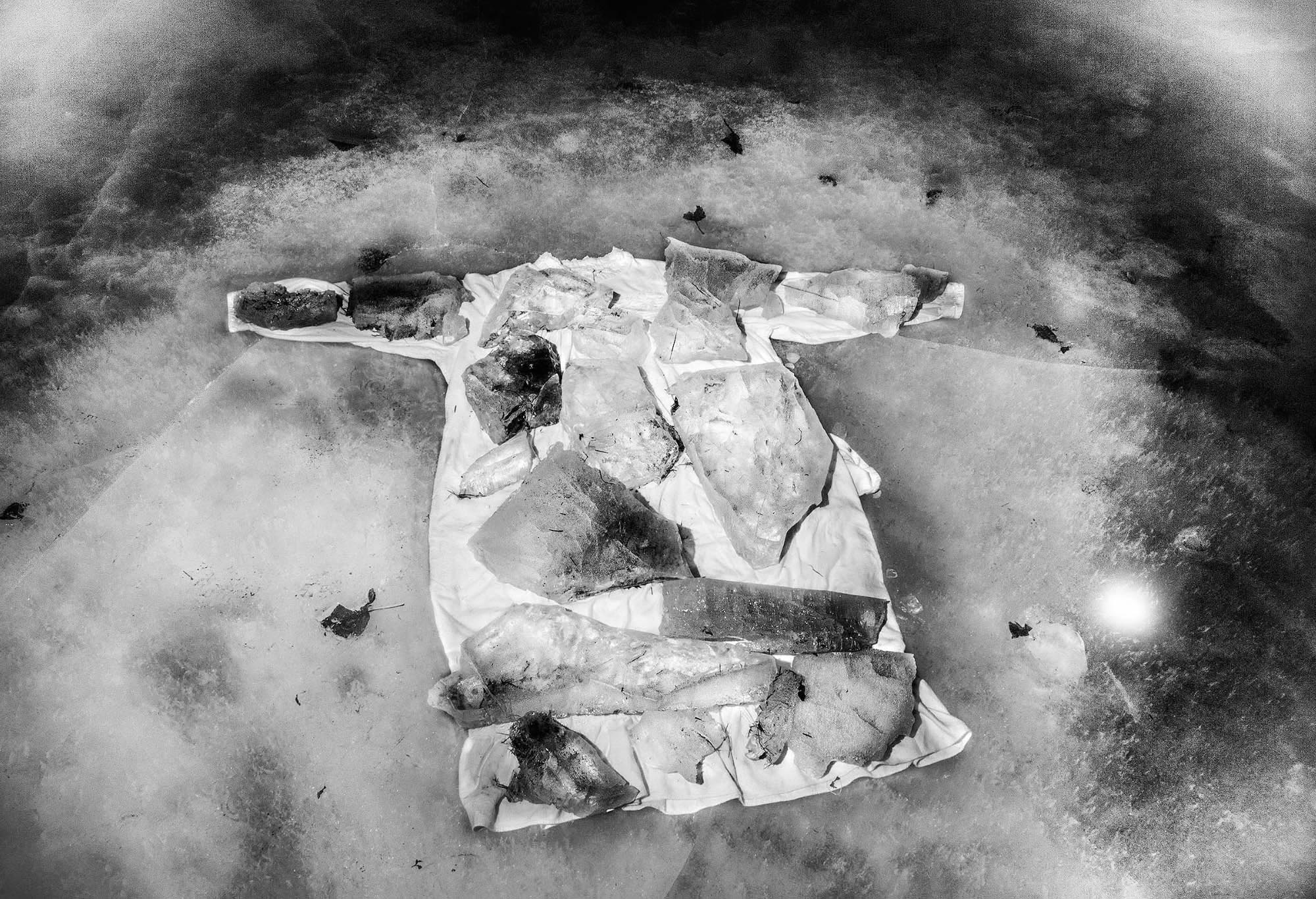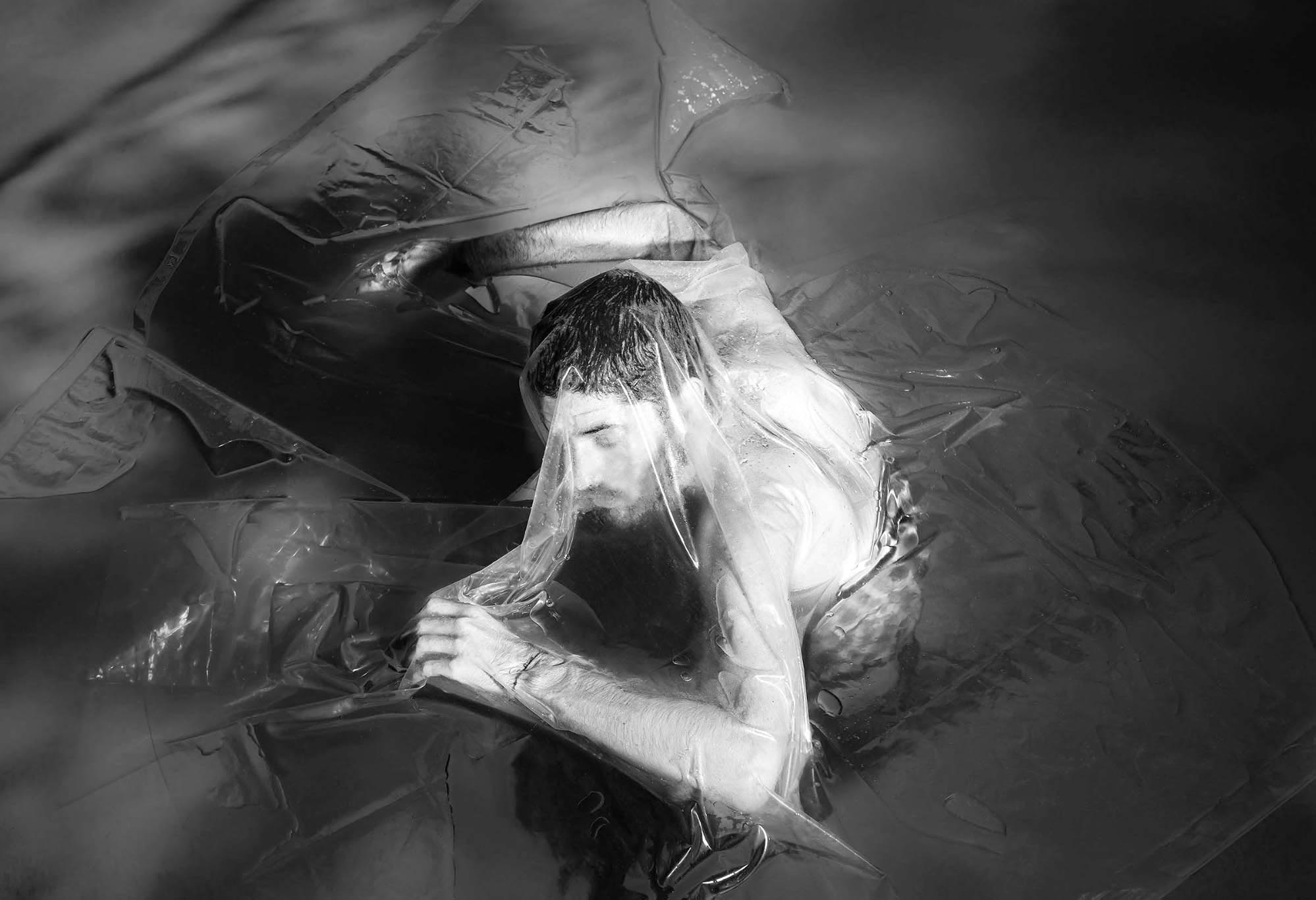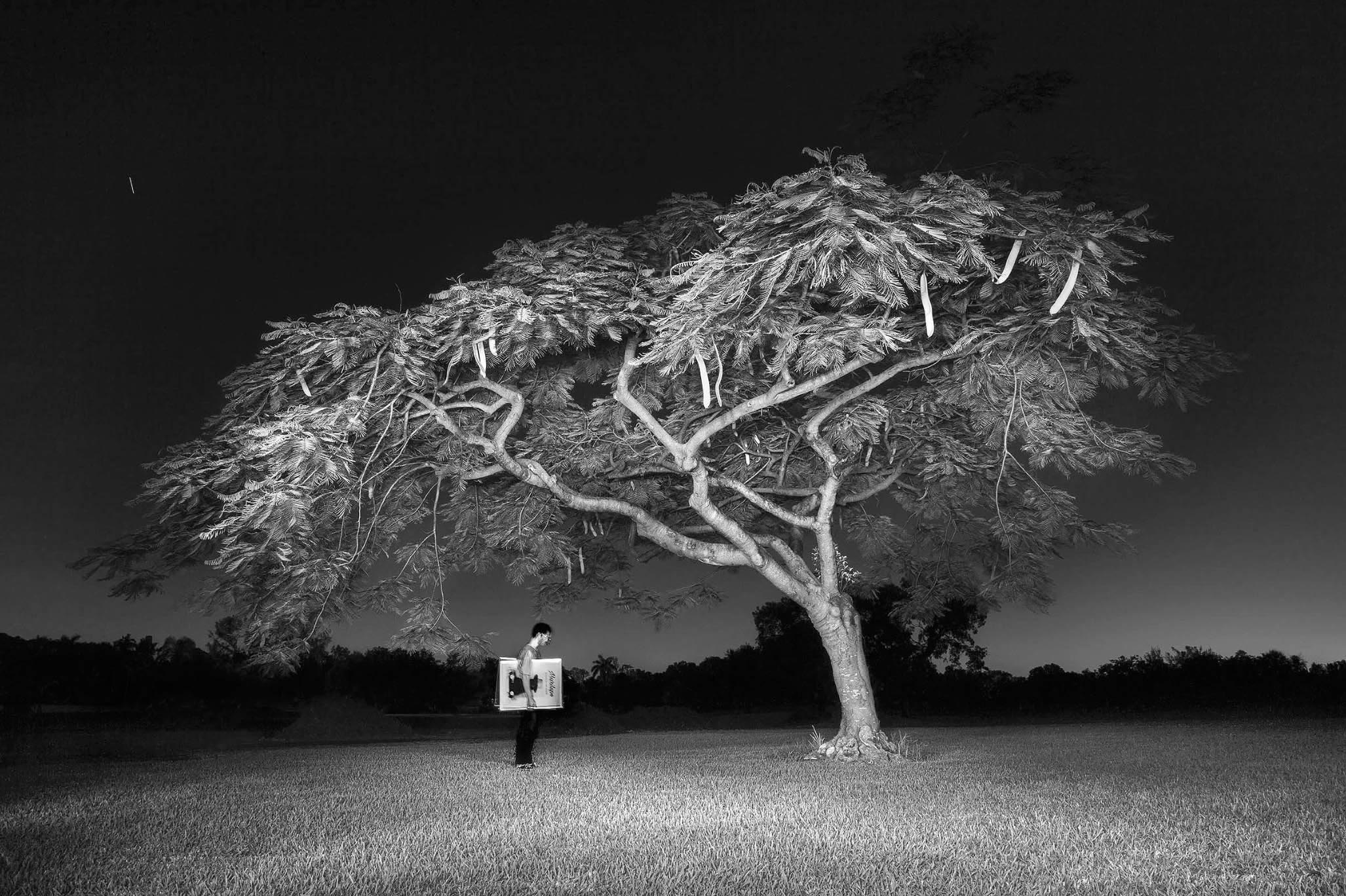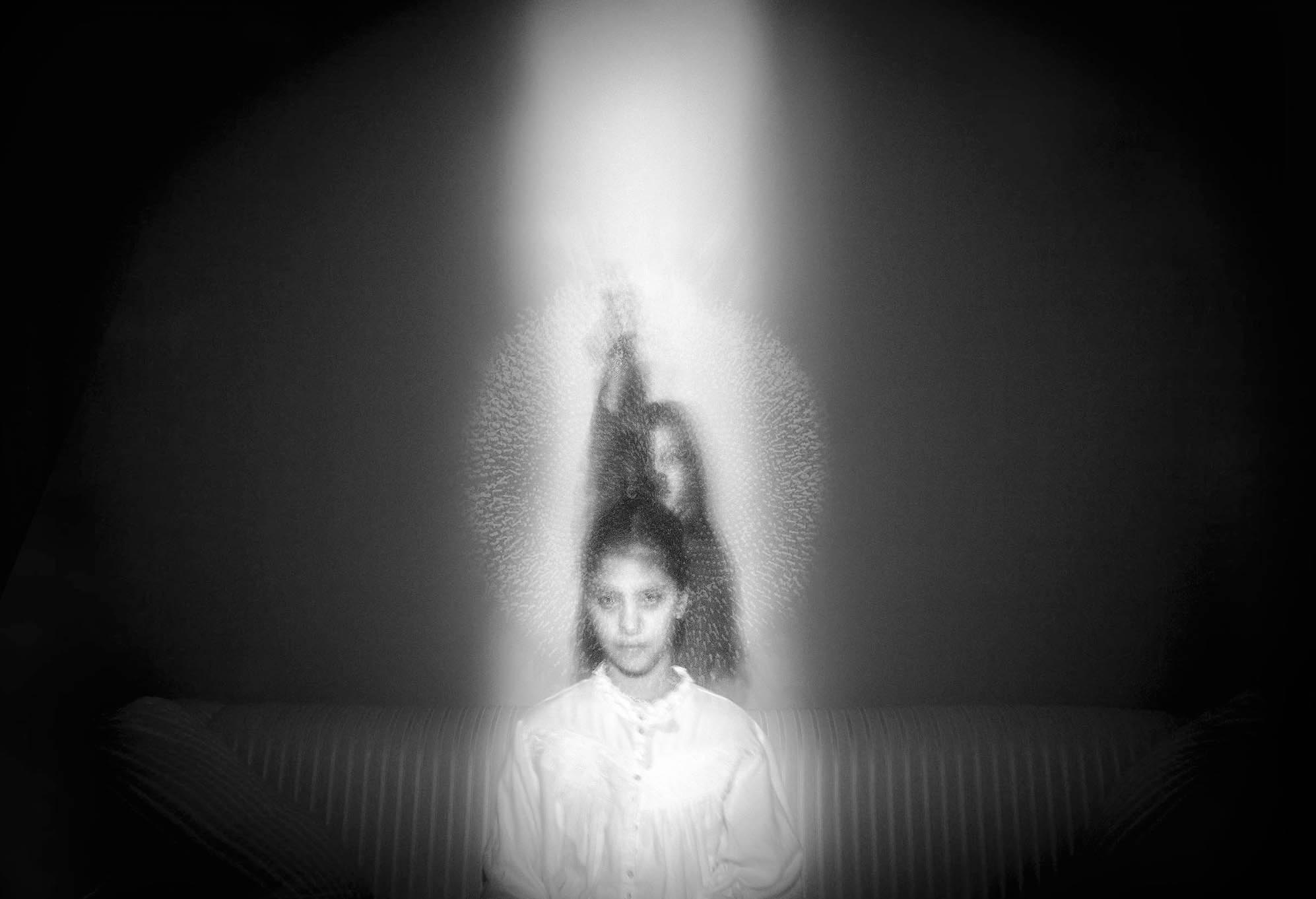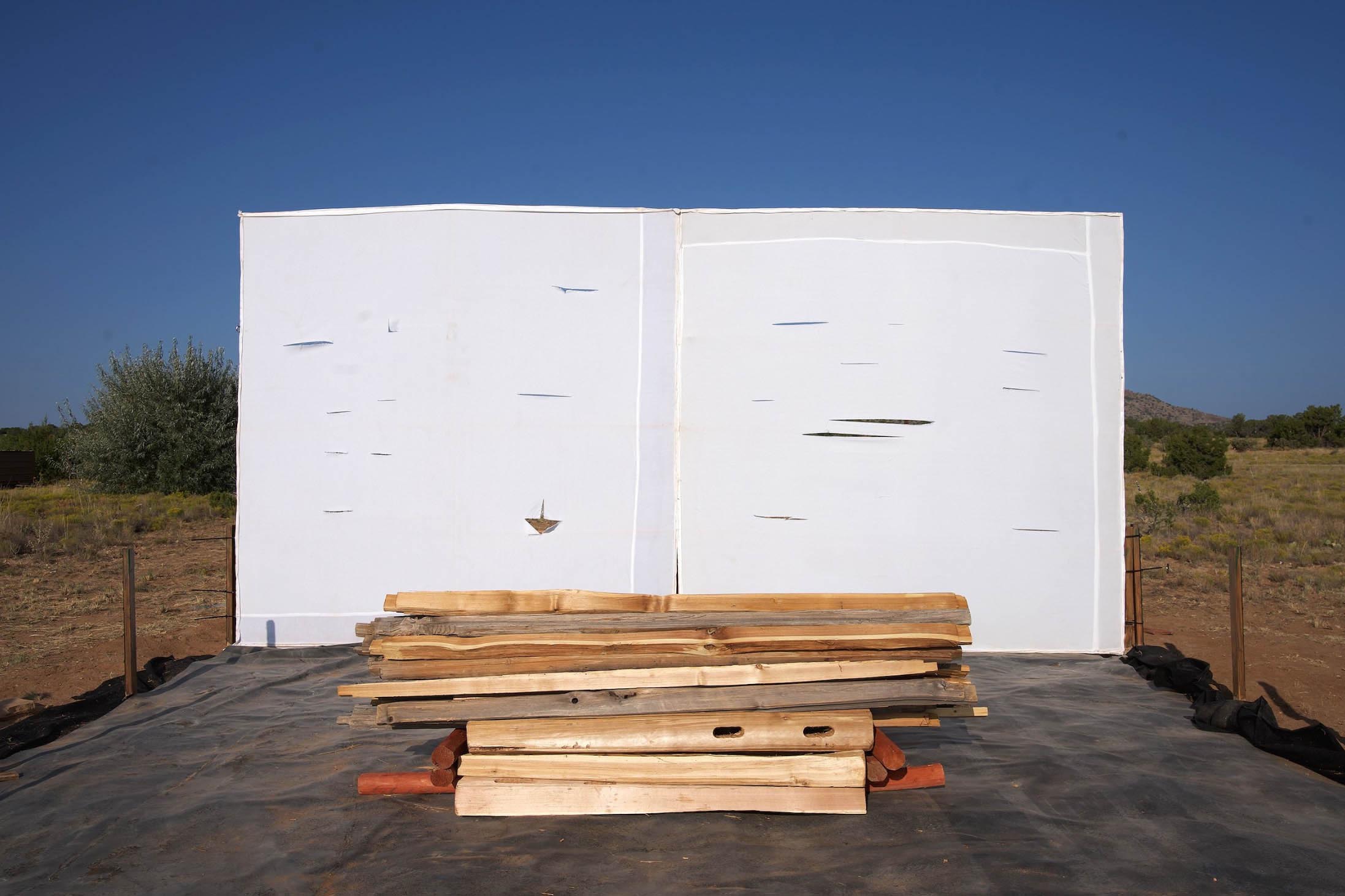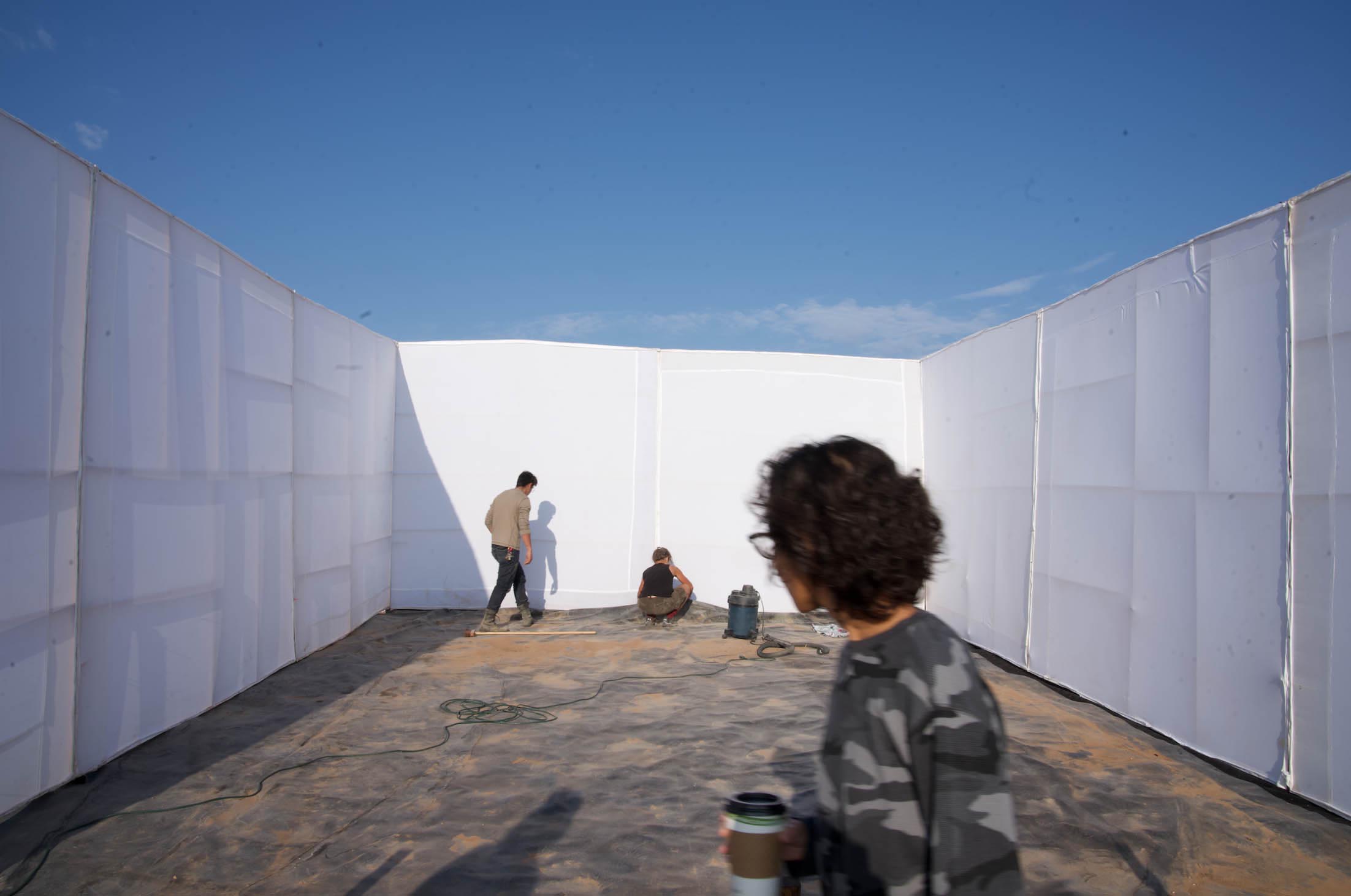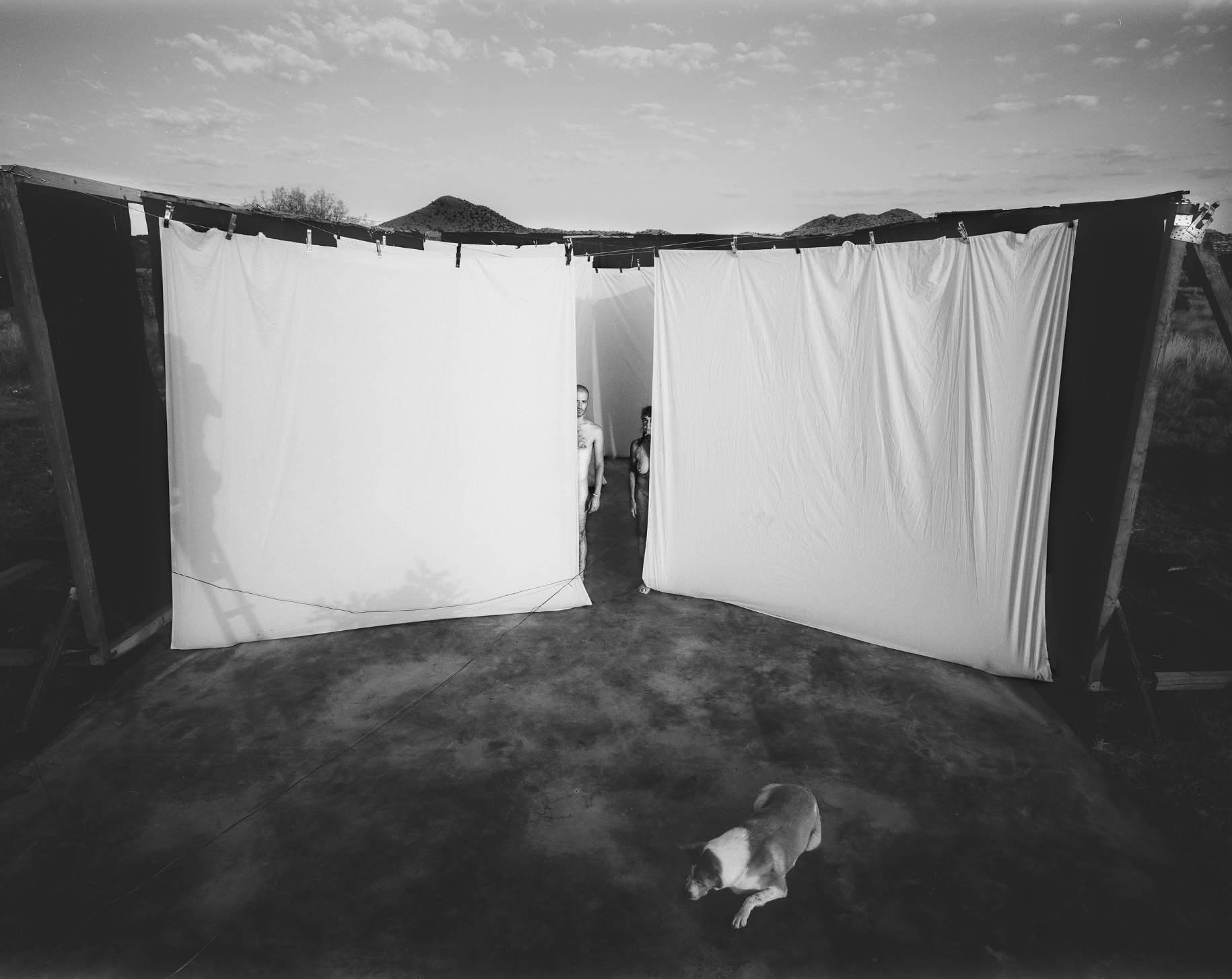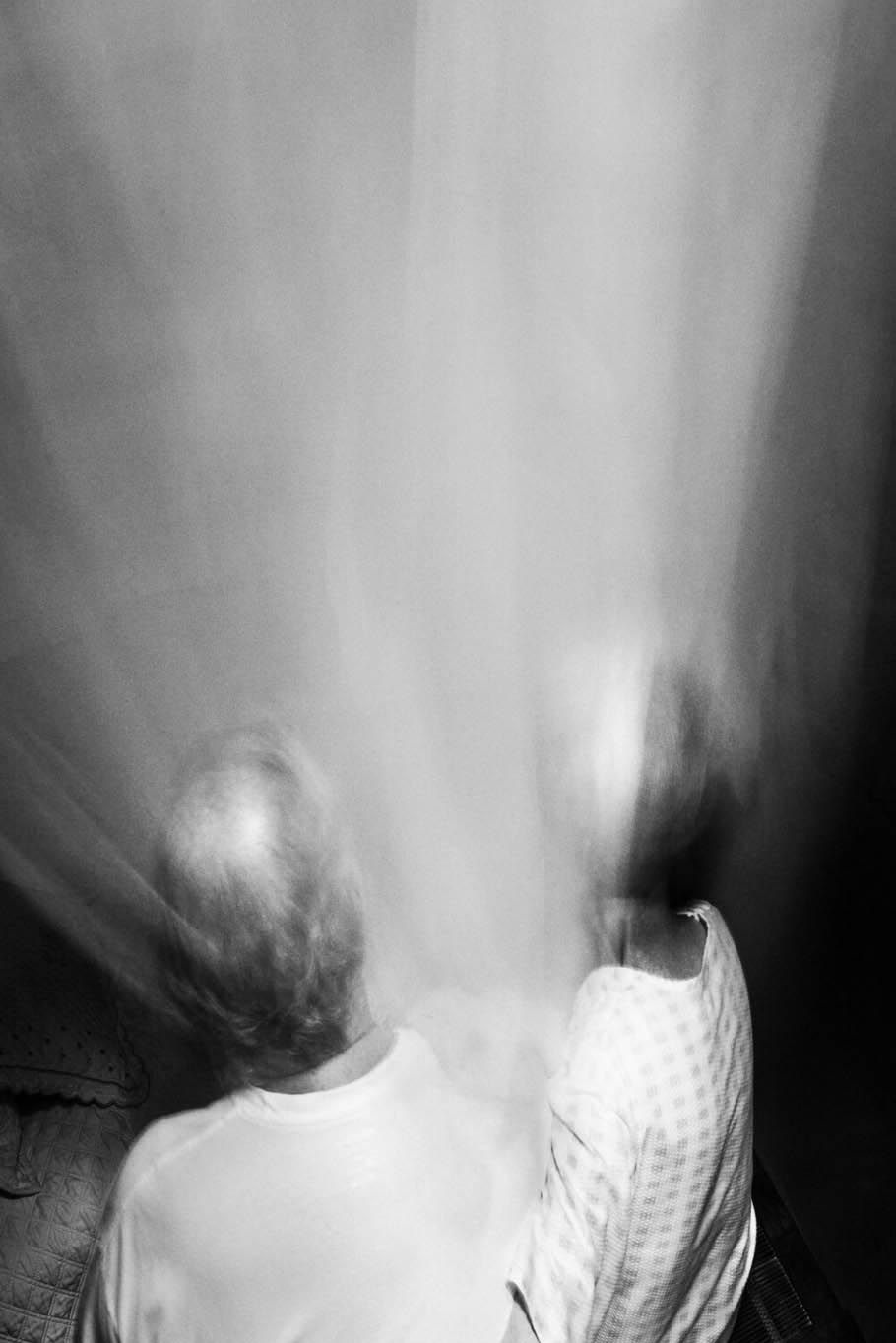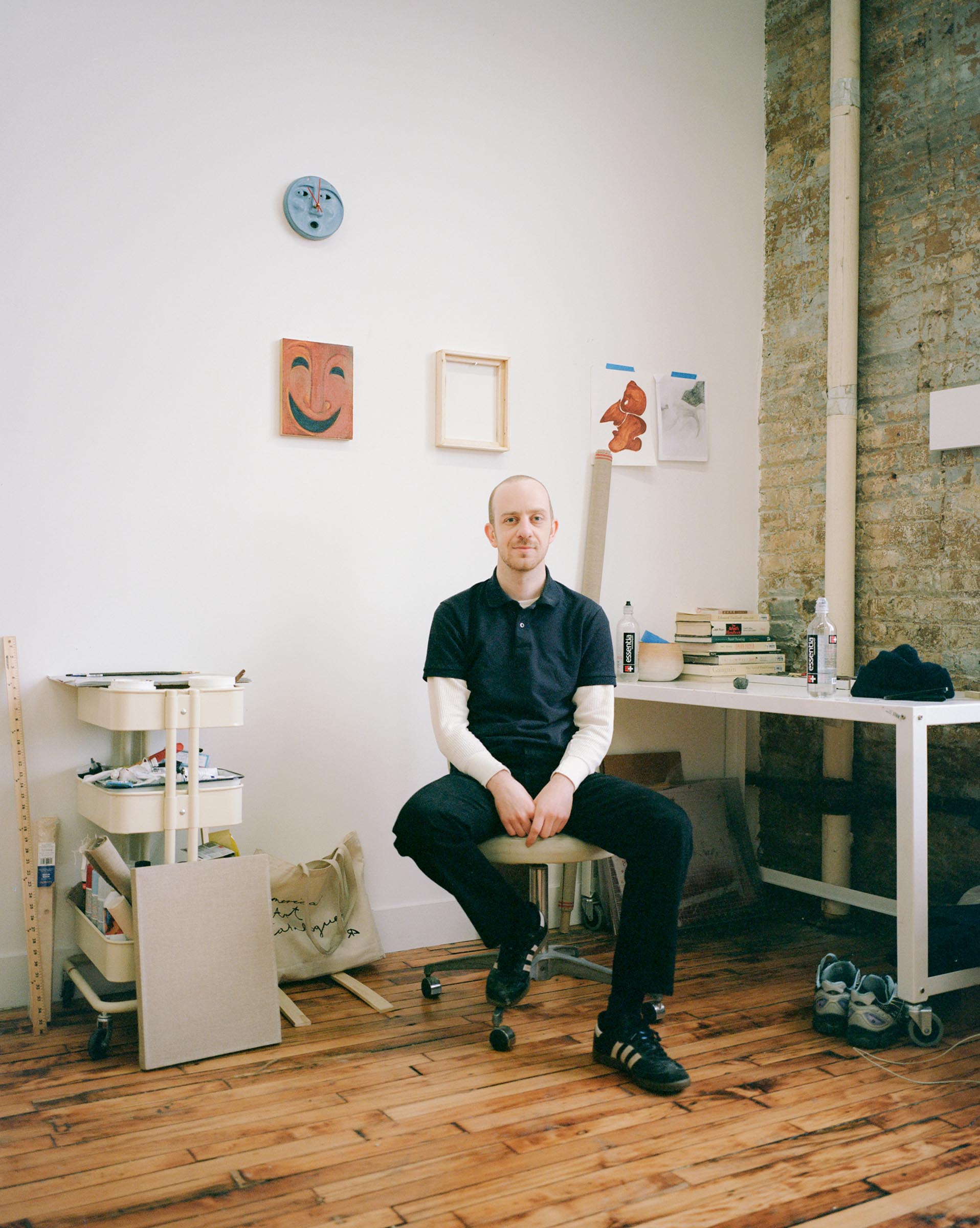How did you get into making art?
I found myself making art for the first time after my mother’s death in 2016. I was obsessed with the idea of creating healing spaces in order for my family and I to confront the psychological and somatic shock death delievers.
The images selected for my interview were past works from my first project made during 2017-2019.
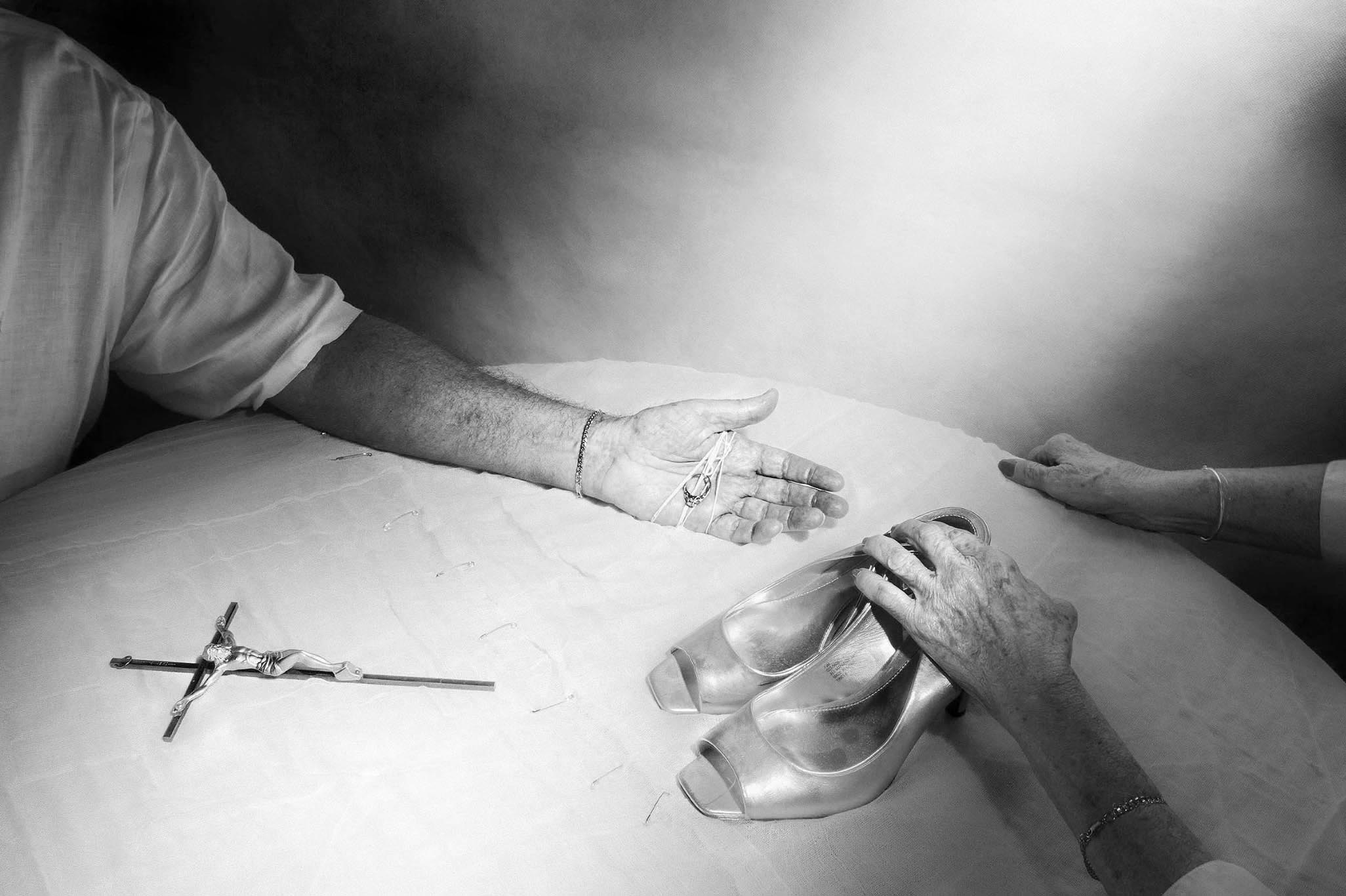
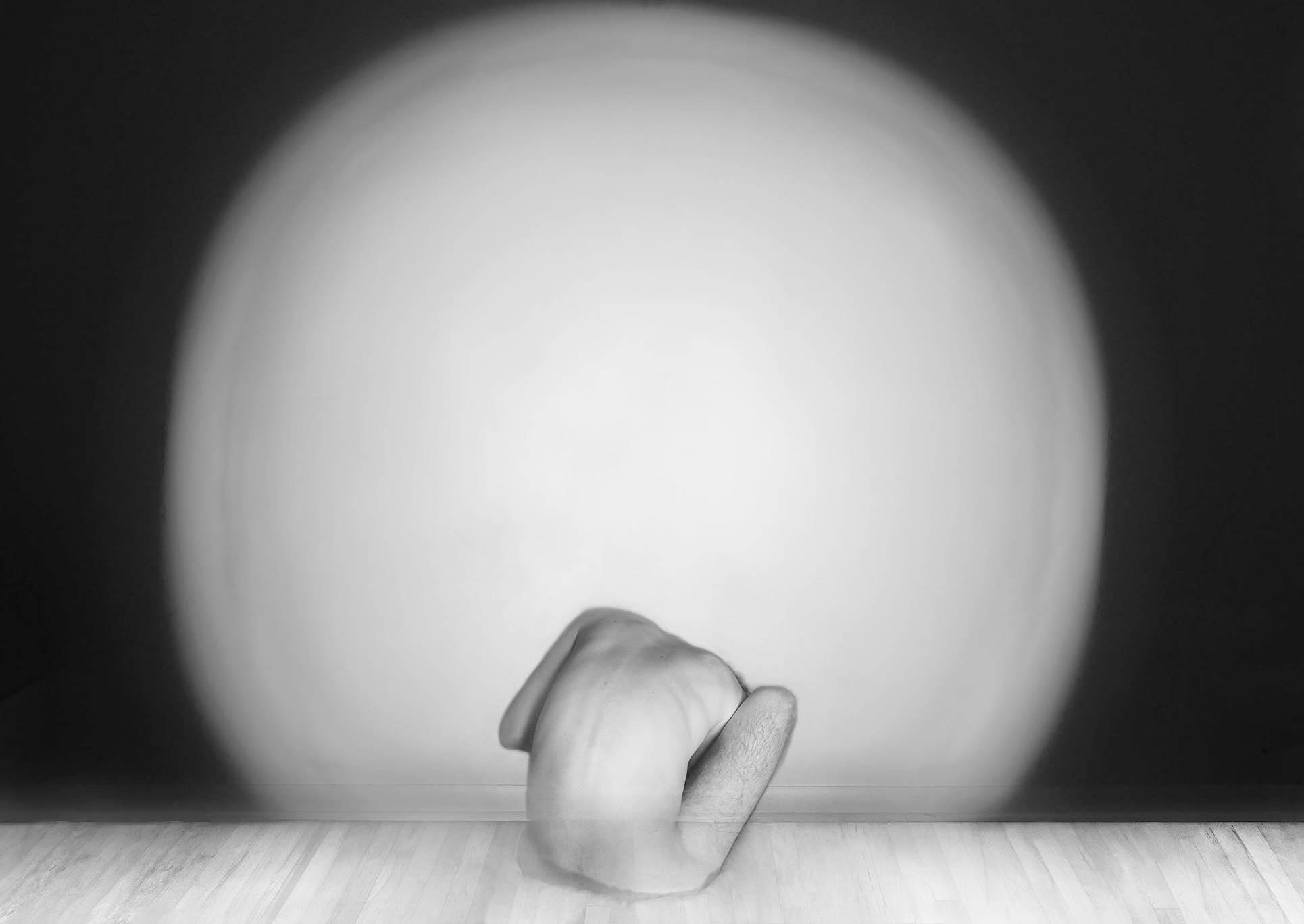
What are you currently working on?
I am still creating spaces and installations as a base for my work (imagery, performance, etc.), except now I am much for focused on life and the living than death and my mother. This has lead me to think of conflict and what significance conflict has in our lives, as well as what we do with conflict as people. I often think that without conflict, life ceases to continue. Things like change, illness, addicition, aging, and even certain ambivalences are the kinds of things I mean when I refer to conflict. What do we do when we are confronted with these challenges? How do we treat others and ourselves in those moments? I’m interested in that mode of survival, and using art as a way to beat something unbeatable.
I’m interested in that mode of survival, and using art as a way to beat something unbeatable.
Andrés Mario de Varona
What inspired you to get started on this body of work?
I draw a lot from the community I am a part of, as well as my own life experiences. Nothing inspires me more than speakingly (or hearing someone else speak) so truthfully and so vuleranbly that you suddenly begin to feel somewhat afraid. But it’s a good kind of scare. You’re in truth and in my opinion, reality is always stranger than fiction.
Do you work on distinct projects or do you take a broader approach to your practice?
I’m not sure.. It seems to me I’ve worked on two, or maybe three, separate projects. However, I would say there is a clear conceptual bridge between all of them. I don’t think I could have made the things I am making now without making my first body of work and experiencing the loss of my mother. All of that was a catalyst for what I would become passionate and curious about: life, death, conflict, embodiment, etc. I think it’s just one big life project and you building away at it brick by brick.
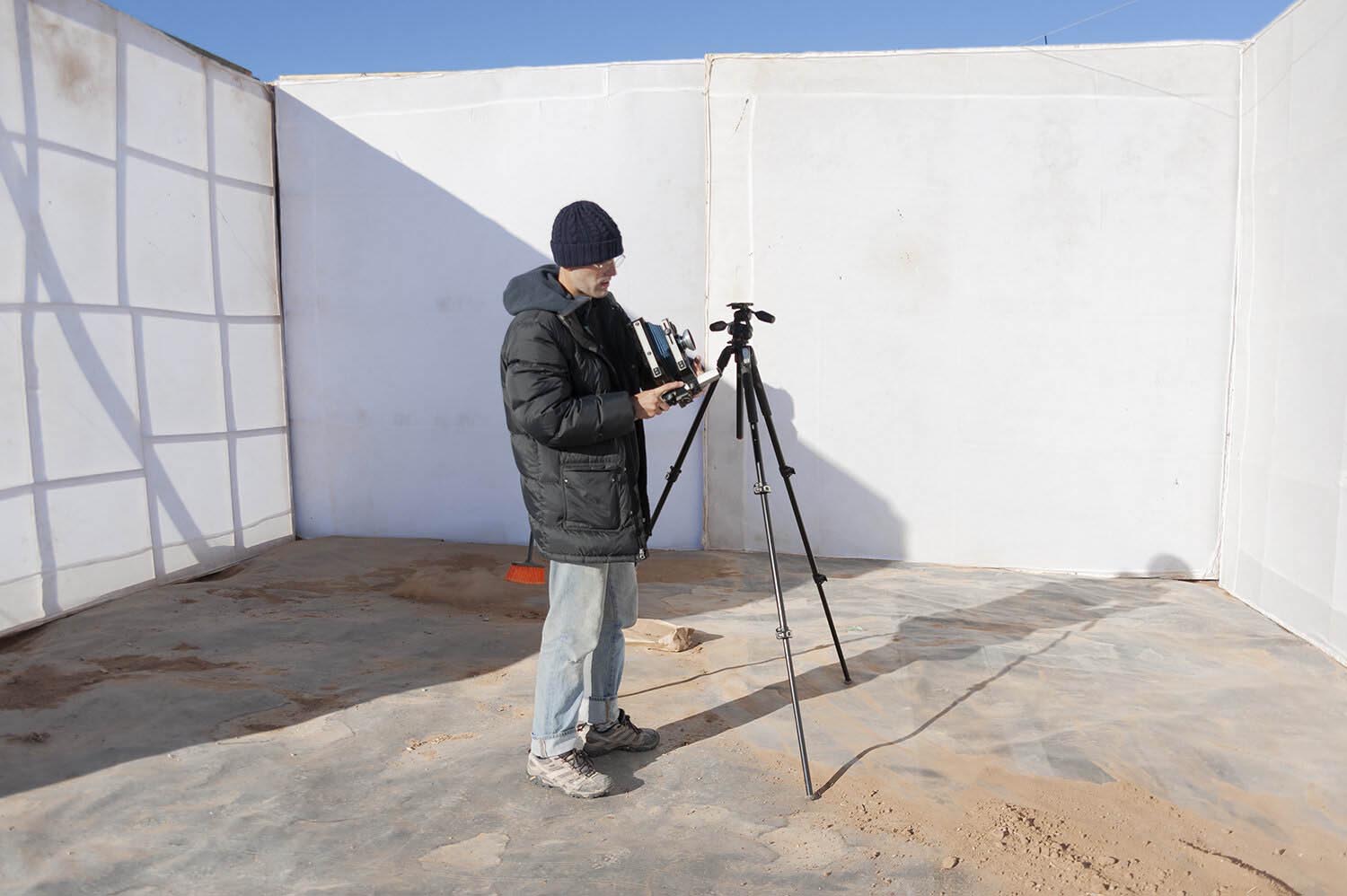
What’s a typical day like in your studio?
Every day looks very different. Unlike most studios, my workspace stands outdoors, year-round, completely exposed to the elements in the beautifully brutal Northern New Mexican desert. So I am either reparing things or replacing dried/broken wood, creating a new installation or testing building ideas. Sometimes I’ll watch the sun move the whole day over a set and take prelimanary images. Or maybe I’ll do improv-movement sessions with my project partners in the space. The most bitter days are when the wind destroys everything I’ve worked on and I have to start all over again.
Who are your favorite artists?
Hmm. Another difficult one! I’ll just name some that come to mind right now:
Laurie Anderson
Andy Goldsworthy
Lieko Shiga
Robert Cumming
Liz Magic Laser
Mary Lou Williams
Pina Bausch
Hirokazu Koreeda
Larry Heard
I just discovered this one guy on instagram. His name is Tony Lewis. I really like his paintings.
Where do you go to discover new artists?
Art libraries or book stores! Or my phone.
Learn more about the artist by visiting the following links:



